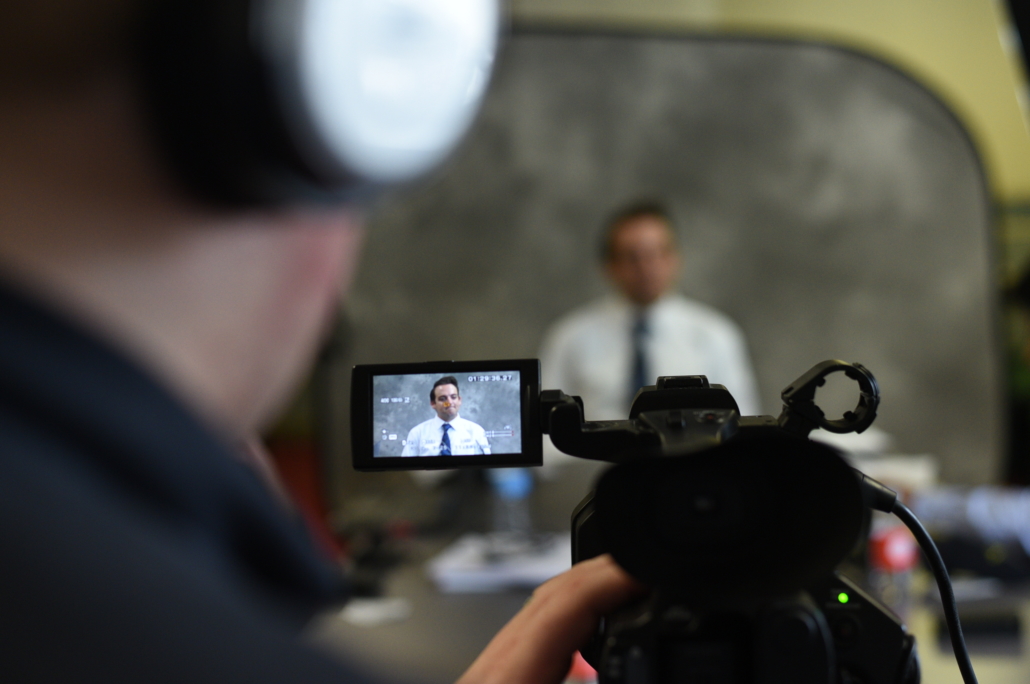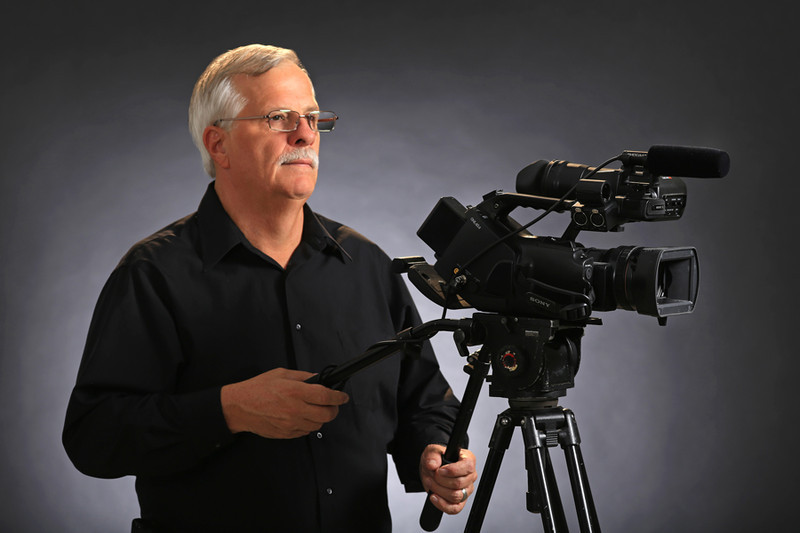How Legal Videography Boosts Court Room Discussions and Proof
How Legal Videography Boosts Court Room Discussions and Proof
Blog Article
Looking Into the Devices of Legal Videography: Unveiling Its Procedure in Safeguarding Genuine Aesthetic Testament for Judicial Proceedings
In the realm of judicial process, the function of lawful videography stands as a foundation in preserving and providing aesthetic evidence. As technology proceeds to advancement, the systems behind lawful videography have actually come to be progressively elaborate, offering a vital layer of authenticity to testaments captured on video.
Historic Evolution of Legal Videography
Taking a look at the historical development of legal videography discloses a substantial transformation in the capturing and presentation of aesthetic evidence within the lawful landscape. In the past, lawful process greatly depended on written records and photographs to record occasions and offer evidence. However, with the arrival of video technology, the lawful market witnessed a paradigm shift in exactly how aesthetic testimony was caught and provided.
The development of lawful videography can be mapped back to the late 20th century when improvements in video recording equipment made it more easily accessible for usage in courtrooms. This technological development not only boosted the precision and dependability of visual proof yet additionally transformed the method situations were provided to courts and judges (Legal Videography). Attorneys began to identify the convincing power of video recordings in sharing emotions, nuances, and non-verbal cues that created photos or records alone could not capture efficiently

Innovation Improvements in Video Clip Paperwork
What crucial technical innovations have changed video clip documents in the legal field? The legal area has actually seen substantial advancements in video documentation technology that have actually boosted the credibility and dependability of visual evidence in judicial process. One of the crucial developments is high-definition (HD) video clip recording capacities, which supply crystal-clear photos and sharp details that are crucial for properly recording testaments, faces, and various other aesthetic cues. In addition, the assimilation of timestamping and metadata features in video clip paperwork tools has actually made it possible for accurate documents of when and where the video clip was tape-recorded, making certain the honesty of the evidence presented in court.
Additionally, advancements in video encryption and watermarking modern technologies have strengthened the safety and tamper-proof nature of video clip proof, safeguarding it against unapproved alterations or meddling. Moreover, the advent of cloud storage remedies and remote access capacities has streamlined the storage space, access, and sharing of video evidence, promoting seamless partnership amongst attorneys and guaranteeing effective accessibility to critical visual testimonies when required. These technical developments in video documentation have actually certainly revolutionized the legal area, enhancing the precision, reputation, and admissibility of visual evidence in judicial procedures.
Function of Legal Videographers in Court Room Settings
The evolution of video documentation technology in the lawful area has actually required an essential function for legal videographers in courtroom settings, making certain the stability and integrity of visual statements provided throughout judicial proceedings. Lawful videographers play a fundamental duty in capturing and maintaining exact visual proof that can be pivotal in litigation. Their duty prolongs to establishing devices, tape-recording proceedings, and creating premium video clips that properly reflect the occasions in the courtroom.
In court room settings, lawful videographers must stick to stringent guidelines and requirements to maintain the credibility of the aesthetic record. They need to possess a keen eye for detail and a complete understanding of legal treatments to ensure that the video they record is a real representation of the events browse around this web-site that transpired. Furthermore, lawful videographers typically function carefully with lawful groups to make certain that the video proof straightens with the situation's needs and can be efficiently offered in court to sustain the lawful disagreements being made. In general, the duty of legal videographers in court room setups is essential in upholding the concepts of justice and ensuring the transparency of lawful procedures.

Ensuring Admissibility and Honesty of Video Clip Proof
To maintain the credibility of aesthetic proof offered in lawful proceedings, making certain the admissibility and stability of video clip evidence is an important duty for lawful videographers. Admissibility refers to the approval of proof by the court, and for video clip proof to be admissible, it needs to fulfill particular standards. Lawful videographers play an essential duty in making certain that the video clips they catch abide by the guidelines of proof, such as significance, dependability, and credibility.
Stability of video clip evidence involves maintaining the originality and precision of the video from the moment it is recorded until it is presented in court. This consists of firmly saving the video documents, recording the chain of guardianship, and avoiding any tampering or changes. Legal videographers should stick to stringent methods to ensure the stability of the video clip evidence and avoid any kind of challenges to its credibility.
Future Trends in Legal Videography
Provided the increasing reliance on innovation in legal procedures, lawful videographers are positioned to embrace cutting-edge improvements forming the future of visual statement capture and discussion. One of the popular fads imminent is the combination of digital truth (VR) and increased reality (AR) technologies into legal videography. These technologies have the prospective to reinvent exactly how visual proof exists in court rooms, allowing courts and courts to immerse themselves in the scene of the crime or occurrence.
Additionally, making use of expert system (AI) formulas for video clip evaluation is anticipated to simplify the procedure of evaluating and examining large quantities of video footage. AI can aid in identifying essential minutes, abnormalities, and patterns within videos, improving the effectiveness of lawful examinations.

Verdict
Finally, legal videography has actually played an important duty in supplying authentic visual evidence for judicial procedures. Via technological developments and the experience of legal videographers, the integrity and admissibility of video clip proof are ensured in courtroom settings. As lawful videography remains to develop, it will certainly be essential to support standards that preserve the accuracy and reliability of visual testament for the future of lawful procedures.
Checking out the historical development of legal videography reveals a substantial makeover in the capturing blog here and presentation of aesthetic evidence within the lawful landscape.The development of video documentation modern technology in the lawful area anonymous has actually required an important duty for legal videographers in courtroom settings, making sure the honesty and dependability of aesthetic testimonies presented throughout judicial procedures. Furthermore, lawful videographers frequently work closely with legal groups to guarantee that the video clip proof lines up with the instance's demands and can be efficiently offered in court to support the legal arguments being made.To preserve the credibility of visual proof offered in lawful procedures, ensuring the admissibility and stability of video clip proof is a vital obligation for legal videographers. As lawful videography continues to develop, it will certainly be vital to promote requirements that maintain the precision and dependability of visual statement for the future of lawful proceedings.
Report this page